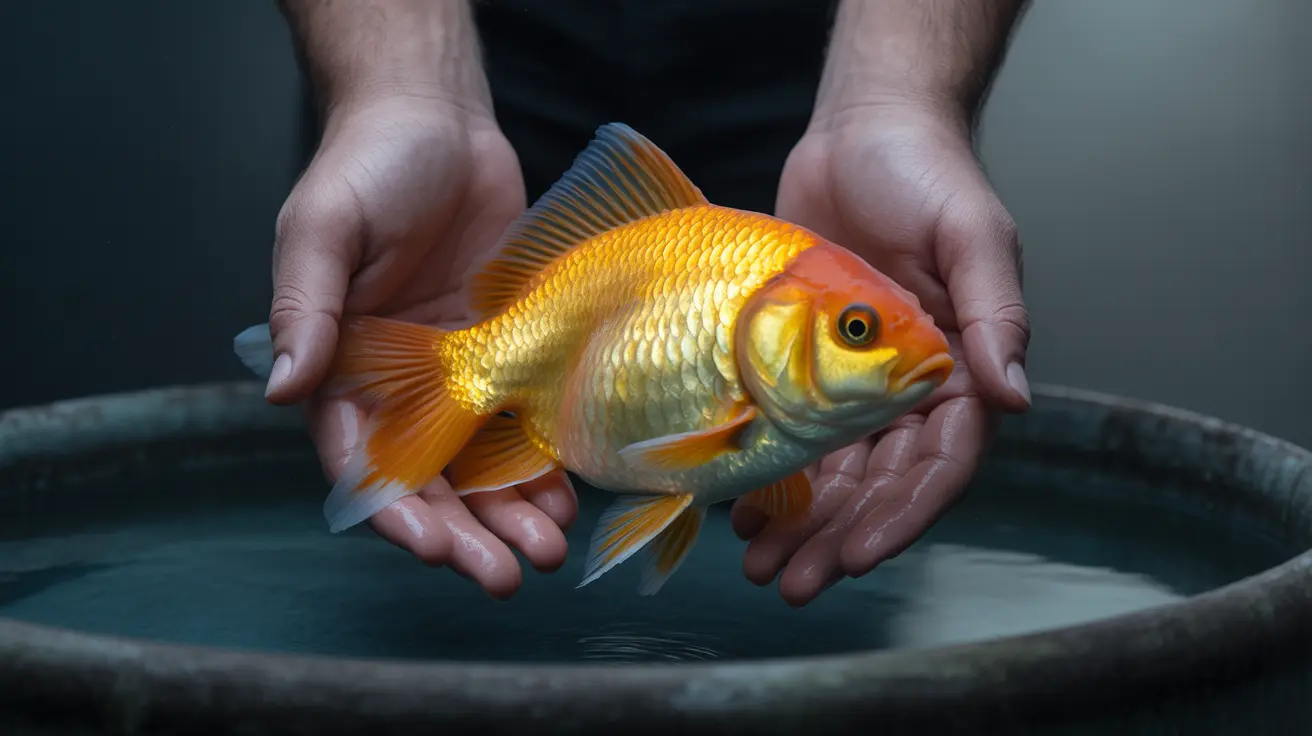The Ecological Impact of Released Goldfish
When goldfish are released into natural water bodies, they quickly become more than just abandoned pets. These resilient creatures can grow to substantial sizes and multiply rapidly, outcompeting native species for resources. In Lake Cornelia, the goldfish population has expanded to the point where intervention became necessary to protect the local ecosystem.
Understanding the Environmental Challenge
The presence of invasive goldfish in Lake Cornelia creates multiple environmental concerns:
- Disruption of natural habitat
- Competition with native fish species
- Degradation of water quality through sediment disturbance
- Promotion of excessive algae growth
Minnesota Zoo's Innovative Management Strategy
The Minnesota Zoo's approach represents a sustainable solution to what could otherwise be a costly and potentially wasteful removal process. By incorporating these harvested goldfish into their animal feeding program, the zoo demonstrates responsible resource management while addressing an environmental challenge.
Conservation Benefits
This initiative serves multiple conservation goals:
- Reduces invasive species population
- Provides nutritious food for zoo animals
- Minimizes waste through practical reuse
- Supports local ecosystem restoration efforts
Sustainable Food Sources for Zoo Animals
The integration of harvested invasive goldfish into the zoo's feeding program aligns with broader sustainability goals. The zoo ensures that all fish used meet strict nutritional and safety standards before being incorporated into animal diets, maintaining the highest level of care for their resident species.
Wildlife Management Strategies
This program represents a broader approach to wildlife management that benefits both the invaded ecosystem and the zoo's inhabitants. It serves as a model for other institutions facing similar challenges with invasive species, demonstrating how creative solutions can address multiple environmental concerns simultaneously.
Frequently Asked Questions
What happens when pet goldfish are released into lakes and ponds?
Pet goldfish can become invasive species, outcompeting native fish for food and habitat, and disrupting local ecosystems by stirring up sediment and promoting algae growth.
How can I safely dispose of unwanted pet goldfish?
Instead of releasing them into the wild, consider rehoming them with a responsible pet owner, donating them to a local pet store, or contacting local animal shelters for advice.
What are the benefits of using invasive goldfish as food for zoo animals?
Using invasive goldfish as food helps control their population in lakes, reduces ecological damage, and provides a sustainable source of nutrition for zoo animals, aligning with conservation goals.
The Lake Cornelia goldfish situation serves as a reminder of our responsibility as pet owners and the importance of making informed decisions about pet disposal. By turning an environmental challenge into a resource, the Minnesota Zoo demonstrates how innovative thinking can create positive outcomes for wildlife management and conservation efforts.
Remember, while this solution helps address an existing problem, the best approach is prevention through responsible pet ownership and proper disposal practices. Never release pet fish or other animals into natural waterways, as today's simple action could become tomorrow's environmental challenge.






